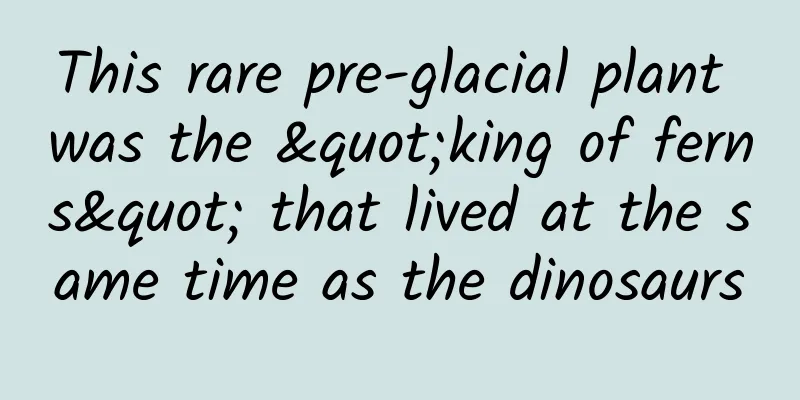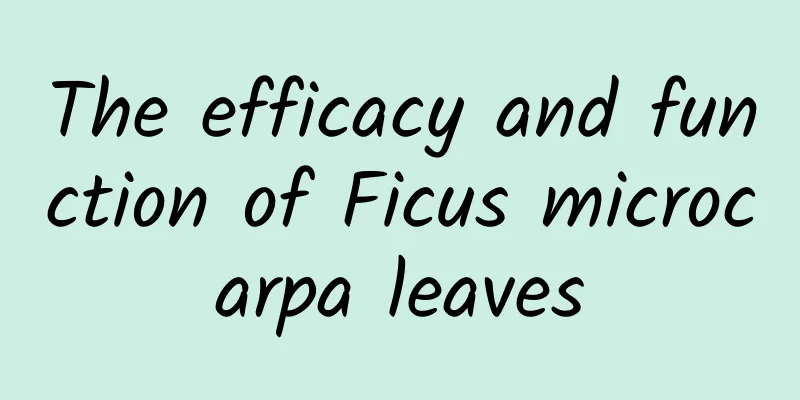Who doesn't have skin? Desert "dry skin" focuses on a magical

|
The Gurbantunggut Desert, located in the Junggar Basin in northern Xinjiang, covers an area of about 48,800 square kilometers, of which 97% are fixed and semi-fixed sand dunes. It is the largest fixed and semi-fixed desert in China. When you step into this desert, you will see a large gray-black "carpet" under your feet, which imprisons the tiny sand grains and prevents them from flowing with the wind. These "carpets" are actually biological soil crusts formed by extremely drought-resistant mosses gathered together. In the vast desert, you may not notice the existence of biological soil crusts because they are so inconspicuous in appearance. However, it is precisely because of the protection of this layer of soil crust that the wind speed is significantly reduced and the stability of the sand is effectively maintained. Spring in the southeastern edge of the Gurbantunggut Desert. Photo by Zang Yongxin from the Xinjiang Institute of Ecology and Geography, Chinese Academy of Sciences Biological soil crust is a complex compound with life formed by the blue-green algae, moss, lichen, fungi and other cryptogamous plant components commonly seen in many landscapes growing on the soil surface and within a few millimeters of the surface. Simply put, biological soil crust is a common crusting phenomenon on the surface of fixed, semi-fixed deserts and Gobi deserts, and is also called "desert skin". The bacteria that make up the biological crust can secrete an extracellular polysaccharide that plays a role in bonding sand grains, and the mycelium of fungi and actinomycetes also helps to bind sand grains. Some filamentous algae in algal crusts can secrete more viscous polysaccharides, which further cement and bind sand grains together, significantly increasing surface stability. Lichen and moss crusts in the late succession stage have stronger sand-fixing capabilities than algal crusts. The biocrusts growing in the desert, whether they are single-celled algae or mosses with differentiated roots, stems and leaves, have one common feature - green. Green means that the plants can photosynthesize and convert carbon dioxide and water into organic matter under the irradiation of visible light, and release oxygen. In other words, they can fix carbon. Biological soil crusts can also increase the nutrient content of the soil. Some species in biological soil crusts are highly capable of fixing nitrogen in the air that is not easily available through biological nitrogen fixation and releasing it to the surrounding plants and soil. The biological crusts on the surface of the entire Gurbantunggut Desert can fix about 4,500 tons of nitrogen each year. Scientists call these tiny organisms "natural green manure", and they are very important for the growth and development of shallow-rooted plants. It can be seen that biological crust is one of the main producers in arid areas and a carrier of the circulation of major nutrients such as carbon, nitrogen and phosphorus in arid areas. It plays an important role in increasing and maintaining soil nutrients in arid areas. "Desert skin" not only can breathe, excrete, and produce like human skin, maintaining the stability of the desert ecosystem, but it can also "change color." Zhang Yuanming, a researcher at the Xinjiang Institute of Ecology and Geography, accidentally discovered this secret more than 20 years ago, and has since begun to study the secret of "desert skin". He found that the "color change" is because the dominant species that make up the crust - desert mosses - are very sensitive to changes in external water. In a state of drought and water shortage, mosses are dormant and dark brown. Once they encounter available water, they will quickly stretch their leaves within a few seconds, turning from black to green. In addition, studies have shown that desert mosses will not die due to lack of water even if the water loss rate is 98%. "Dry but not dead, resurrected instantly" is another magical feature of them. The ultimate goal of sand control is to turn "sand" into "soil" and form a precious "desert skin" - biological soil crust. Currently, artificial biological soil crust technology, that is, promoting the formation of biological soil crust by inoculating cryptophytes such as cyanobacteria, lichens, and mosses on the sand surface, is becoming one of the frontier explorations and effective biological strategies for land desertification control. I believe that in the near future, this "desert skin" that cannot be judged by appearance will play a greater role in maintaining the sand ecosystem. |
>>: Summer waves? Remember to hide from these two "killers"!
Recommend
Beware! Be careful when you have "red eyes" like this! Severe cases may cause blindness...
Expert in this article: Dr. Tian Jing, attending ...
The efficacy and function of leek seeds [picture]
Leek seeds [picture] are a kind of medicinal mate...
Are frequent small earthquakes a precursor to larger earthquakes? Can Mabaloxavir prevent influenza? Here comes the list of scientific rumors in January 2025 →
1.Do frequent small earthquakes indicate a major ...
The role and efficacy of Bupleurum
Diseases are difficult to prevent. Different dise...
How to take red ginseng tablets for best results
Red ginseng is a health-preserving food with hot ...
The efficacy and function of Artemisia serrata
Artemisia four-leng is a medicinal material that ...
The U.S.-Soviet space race: three competitions set the aerospace landscape; a "prisoner of war" helped the U.S. turn defeat into victory
"The earth is the cradle of mankind, but man...
What are the medicinal properties of Ganoderma lucidum?
When it comes to Ganoderma lucidum, everyone shou...
What does the time depth isolation experiment that drives people crazy want to prove? Does time really exist?
Recently, there has been a lot of discussion onli...
Alibaba: More than 60% of Taobao mobile app users are under 30 years old
199IT original compilation According to Alibaba&#...
Medicinal value of raw Rehmannia root
The medicinal herb Rehmannia glutinosa can be use...
How should vegetables be eaten to minimize nitrite intake?
You may have heard that nitrite can be used to pr...
These 5 risk factors can cause cells to become cancerous! To prevent them, try this →
In March 2023, the National Cancer Center and the...
Black Bear Bile Powder
We all get sick, and when we are sick, our bodies...









